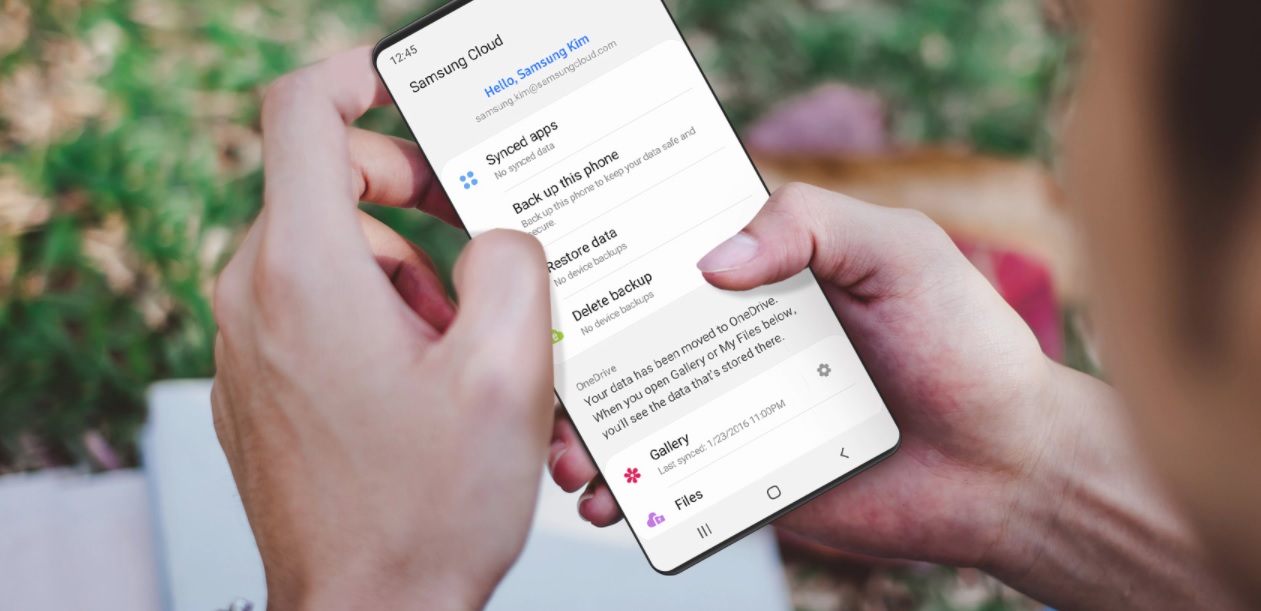If you own a Samsung Galaxy device running Android 7.0 (Nougat) or a later, you’re probably familiar with Samsung’s very own Cloud system – Samsung Cloud. On its most basic level, Samsung Cloud enables you to save files remotely – but you can also use it to sync, restore, backup and remove data.
How can I access Samsung Cloud on a Samsung Galaxy?
Samsung Cloud is available as a free service with the most recent Samsung devices. It’s an emergency solution for when you accidentally remove files or you need to do a factory reset. It’s not intended to be an online storage system like One Drive or Google Drive.
Here’s how you can access Samsung Cloud on your Samsung device:
- Go to Settings > Cloud and accounts > Samsung Cloud.
- Sign in to your Samsung account.
- Tap on the three dots on the right-hand side of your screen, then tap Settings > Sync and auto-backup settings
- Scroll down and switch on the different types of data that you want to sync automatically.
- Select Auto Backup.
- Go back to the main menu. Tap on your name to check how much storage you’re currently using and how much is left.
Alternatively, you can manually back up data by tapping Back up this phone every few weeks or so.
How can I restore data from Samsung Cloud?
- Open Samsung Cloud.
- Scroll down and tap on Restore Data.
- Choose which category of data you want to restore. You can also restore all data by tapping Select all > Restore.
Can I access Samsung Cloud from my PC or Mac?
Yes, you can. You can do this by logging in through the web portal. The web portal enables you to access all your files on the web without having to download any particular software to do so.
What types of data can I backup, sync and restore using Samsung Cloud?
Samsung Cloud allows Samsung users to backup, sync and restore:
- System settings
- Bookmarks
- Call logs
- Email accounts
- Home screen layouts
- App settings and data
- User data
Currently, Samsung Cloud doesn’t support data from third-party apps and data on SD cards. Furthermore, Samsung Cloud isn’t available to users who own older Samsung devices like the Galaxy J3 and J7, the Galaxy Note 4 Series and the Galaxy Tab A and Tab S2.
There are also limitations on certain supported devices. For example, certain devices do not support all data categories and you may be limited to syncing stuff while connected to a WiFi network. It’s also worth noting that Samsung Cloud has a 15GB free storage cap. Beyond that, you would need to pay for extra storage.

